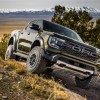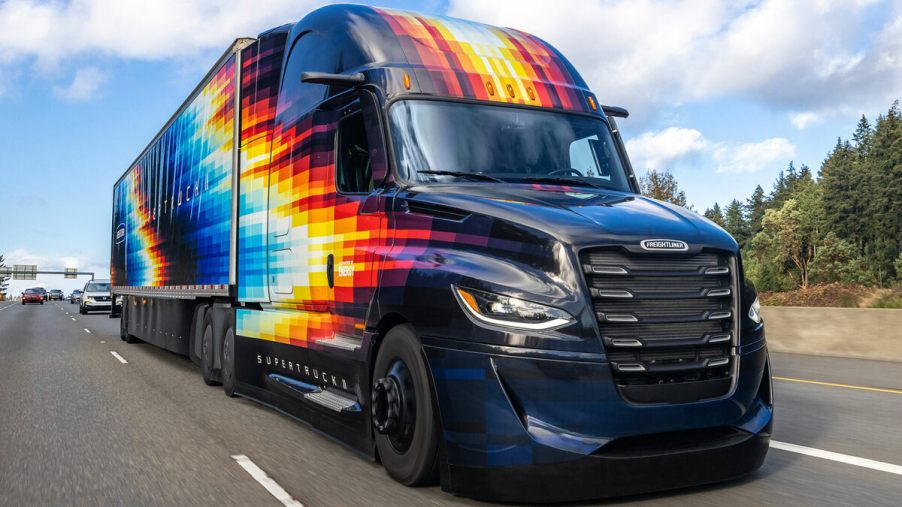
Why Are There 2 Different Semi-Truck Designs: Conventional vs Cab-Over
Maybe you’ve noticed. Since forever, there have been two distinct types of semi-trucks plying the highways. Have you ever wondered why? There are specific reasons why either the long-nose conventional or cab-over design is the best for long- and short-hauling semi-trucks. So let’s look at conventional vs cab-over.
First, a cab-over truck places the cab over the engine. In most cases, the chassis of the cab and conventional trucks are the same. So the cab over shoves the body all the way forward, while the conventional truck places the cab in the conventional position behind the engine. You know, like a conventional vehicle.
What are the advantages of a cab-over design?
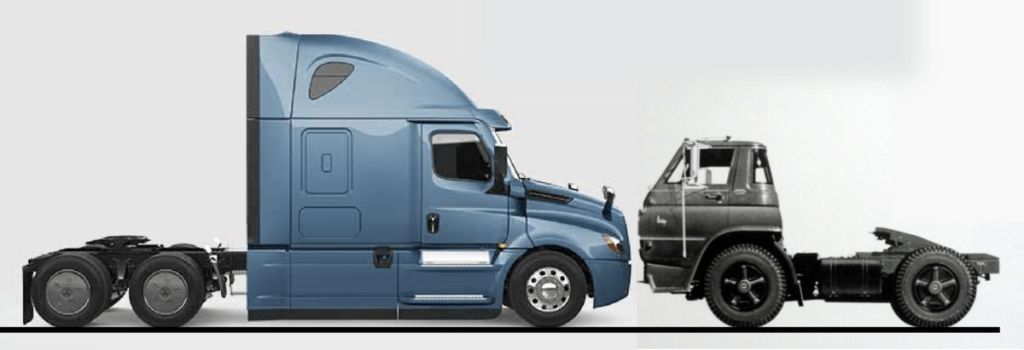
So why do some truckers buy one over the other? Sometimes it comes down to preference. But there are several reasons why one is better than the other for particular needs.
Cab-over trucks offer much more visibility for obvious reasons. And their shorter length means they are easier to maneuver in tight settings. So the two combined work in tandem for these types of situations. But there is another reason.
What are the downsides to a cab-over design?
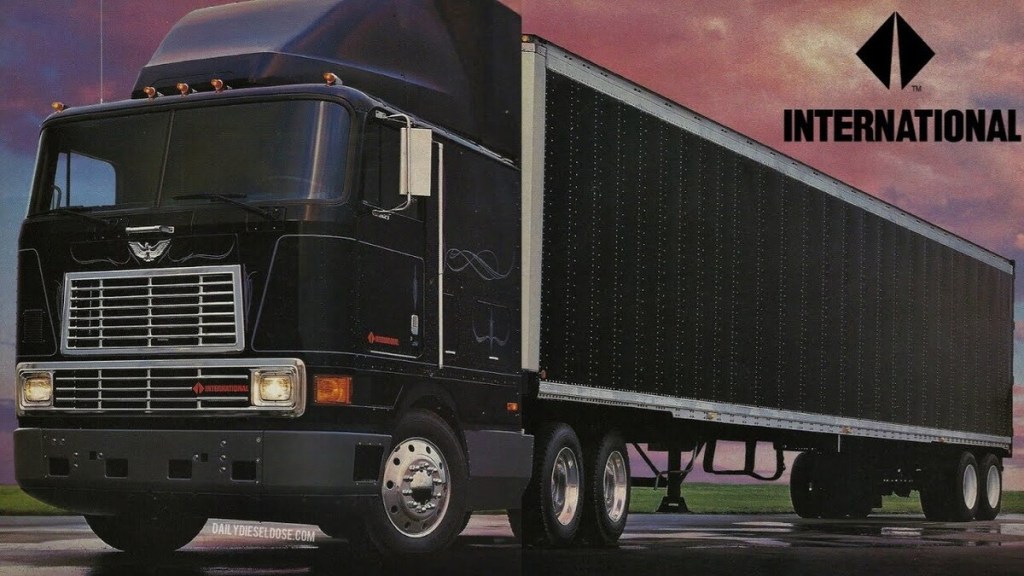
In some places, especially in Europe, there is a maximum combination length of 61.5 feet. So the shorter the cab, the more materials can be hauled within the maximum length. The extra engine length combined with the body length makes conventional trucks much less economical.
And there are downsides to cab-overs. They usually result in a harsher ride due to their shorter chassis. Another downside is they’re like pushing an eight-foot sheet of plywood against the wind. There is nothing to help the truck cut through the atmosphere, like a long nose. So aerodynamically, they’re worse, which means they cost more to operate.
Aren’t cab-over operators especially close to the front end?

Other negative factors include more damage to windshields because there is nothing for rocks and debris to skip over and deflect from. Another major disadvantage is frontal accidents. There is nothing to brunt the impact in a collision, so the driver’s feet and legs are right there in a crash. And a minor problem is they’re harder to enter than a conventional rig.
Conventional semi-trucks far outnumber cab-over versions in the U.S. In Europe, you rarely see conventional trucks; they’re all cab-overs. They both can do the same jobs, except for the abovementioned differences.
What are the advantages of a conventional semi-truck design?
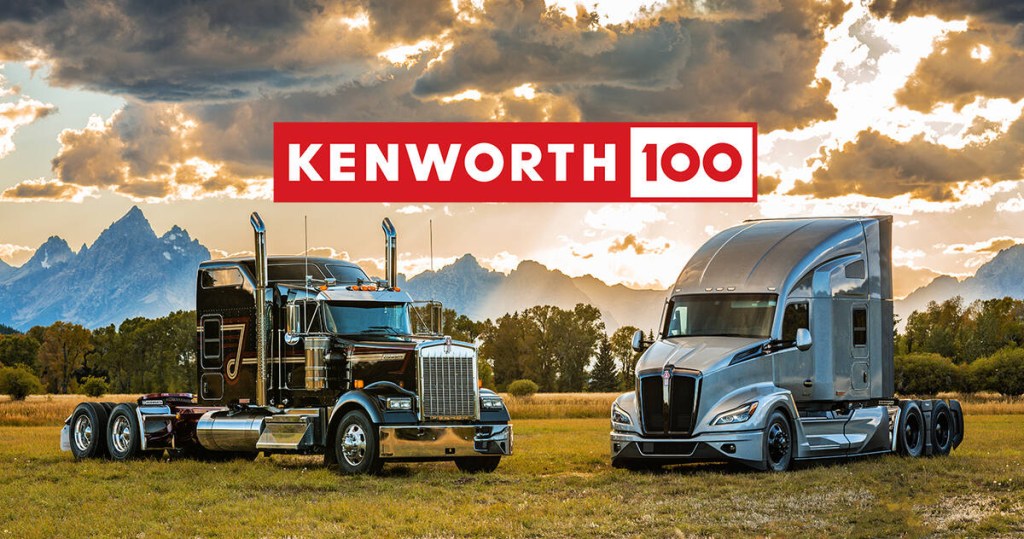
The advantages of a conventional layout are a smoother ride, more interior space, and, usually, more powertrain options. But the long length also increases the Bumper to Back of Cab (BBC) ratio, according to SmartTrucking. Some mechanics prefer to work on conventional trucks due to access and a more, well, more conventional and recognizable component layout.
Some fleet owners buy one or the other for many different reasons. But these are the more practical aspects of owning either. So next time you see a conventional or cab over, imagine what some of those reasons might have been based on where you are and what these truckers are hauling.
